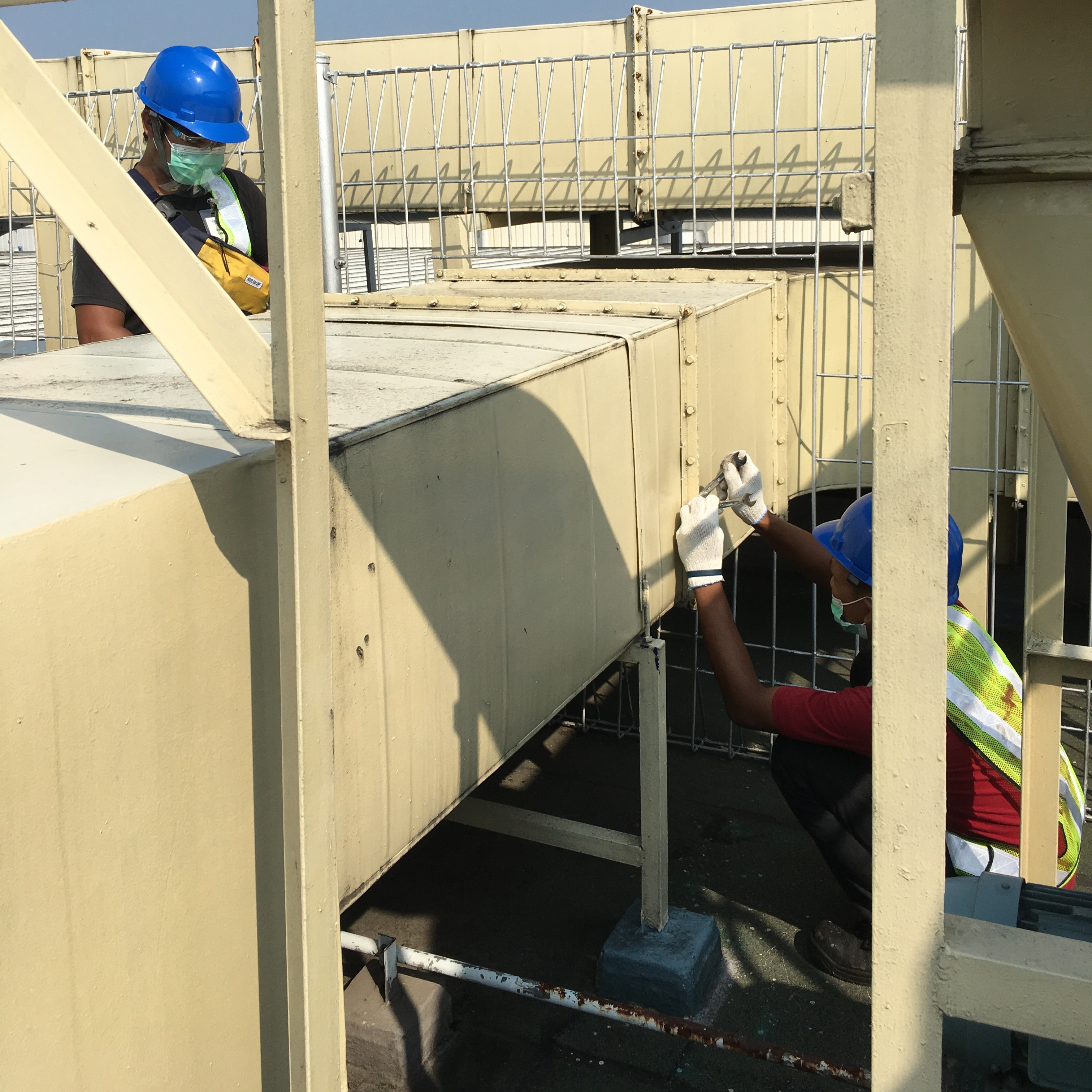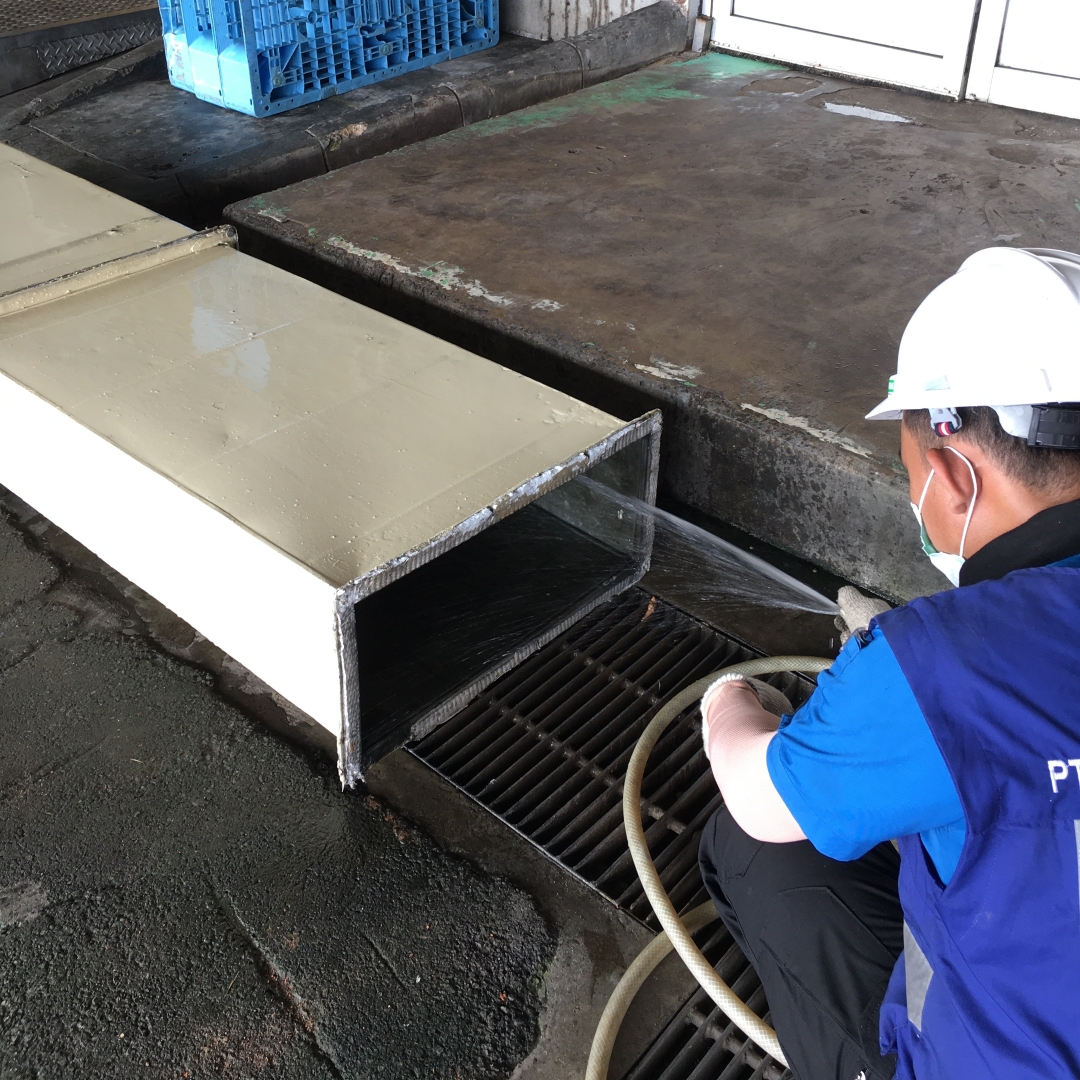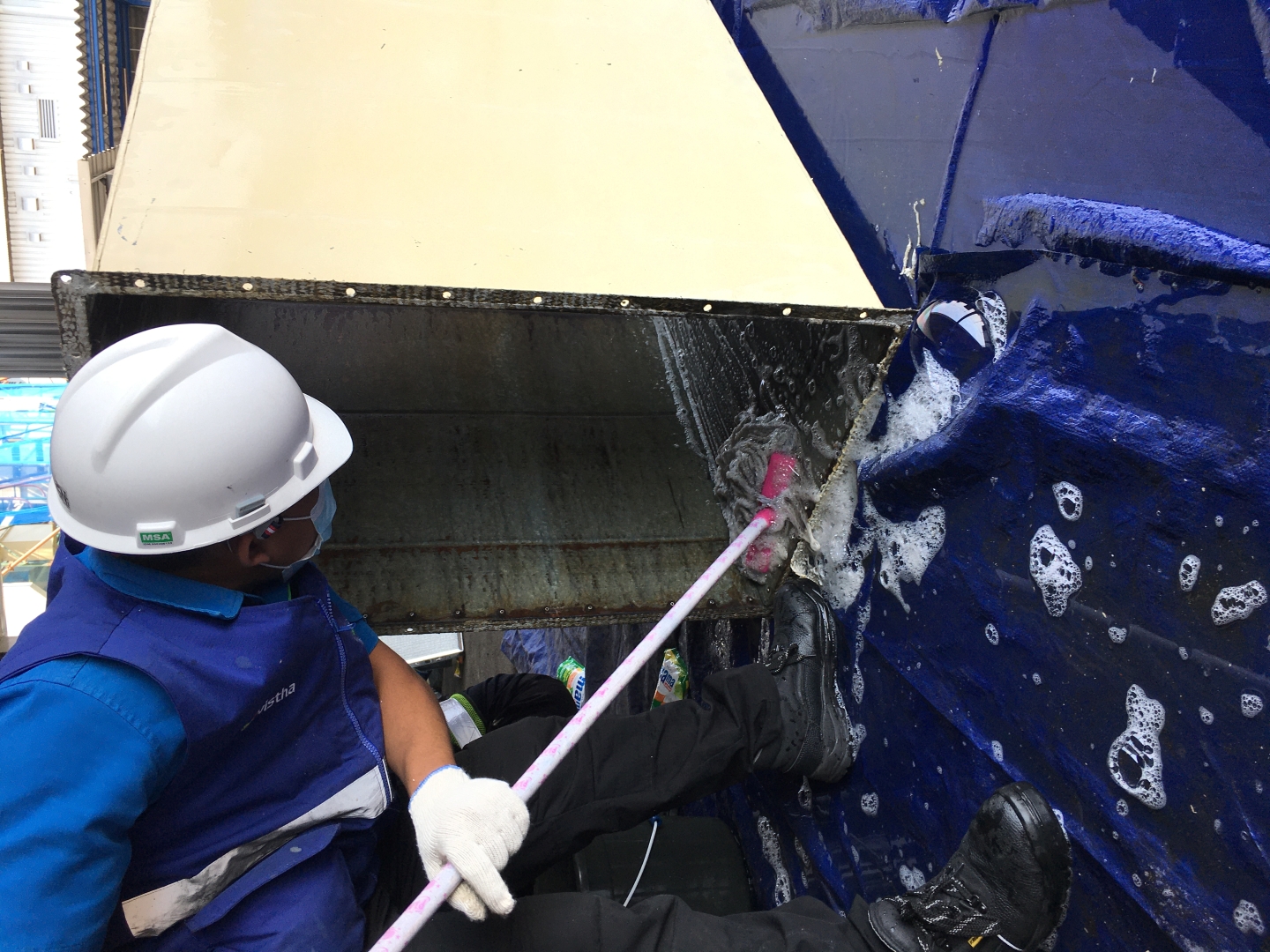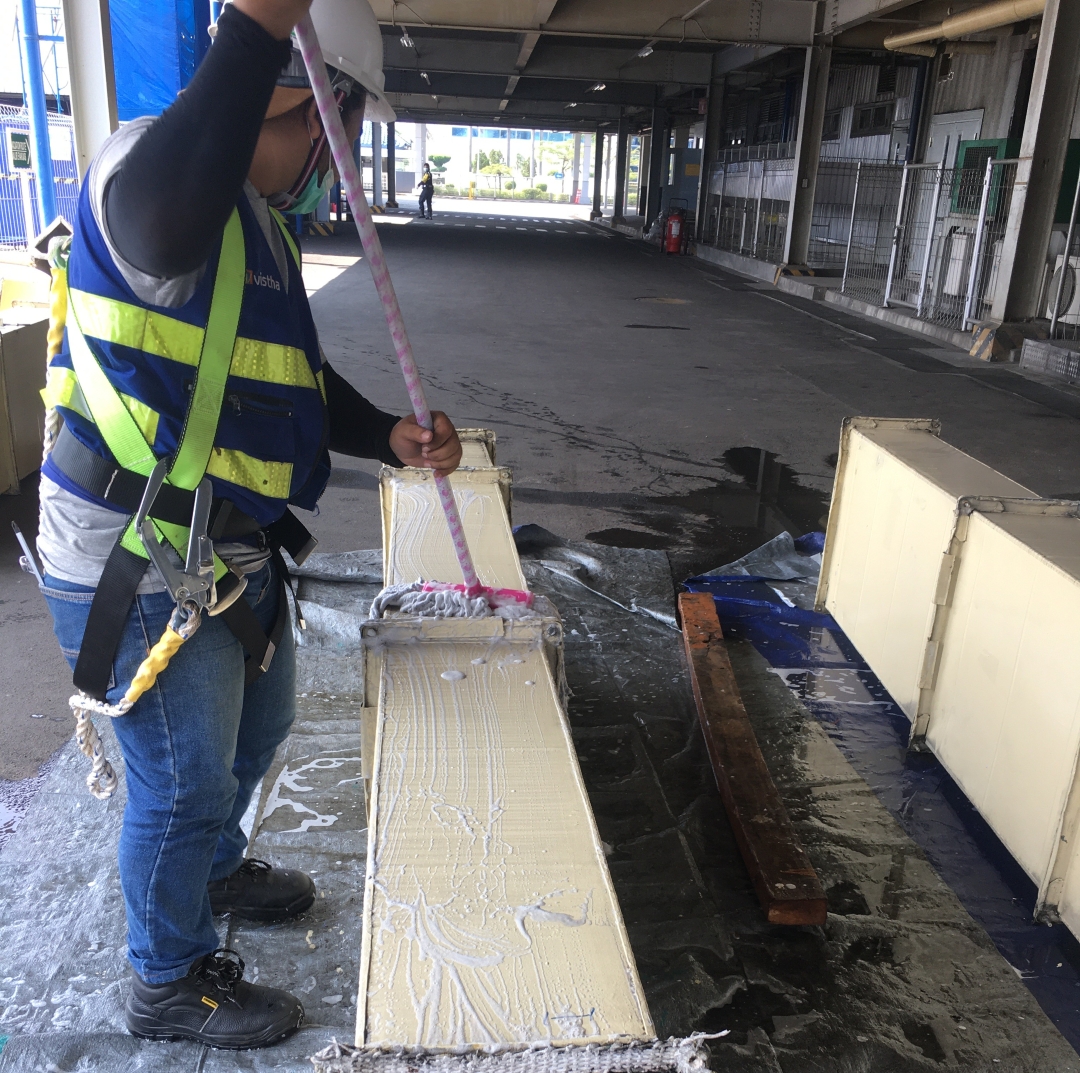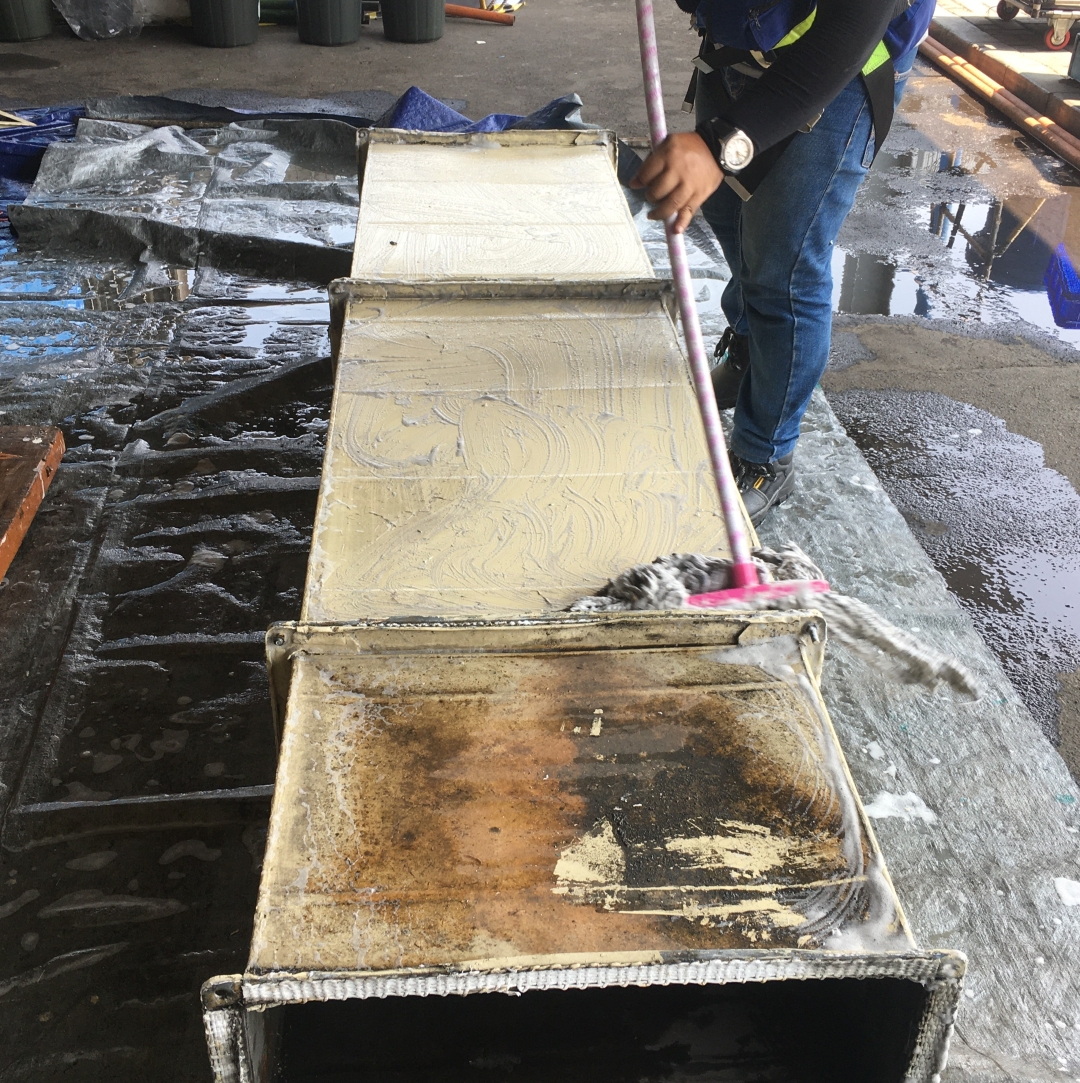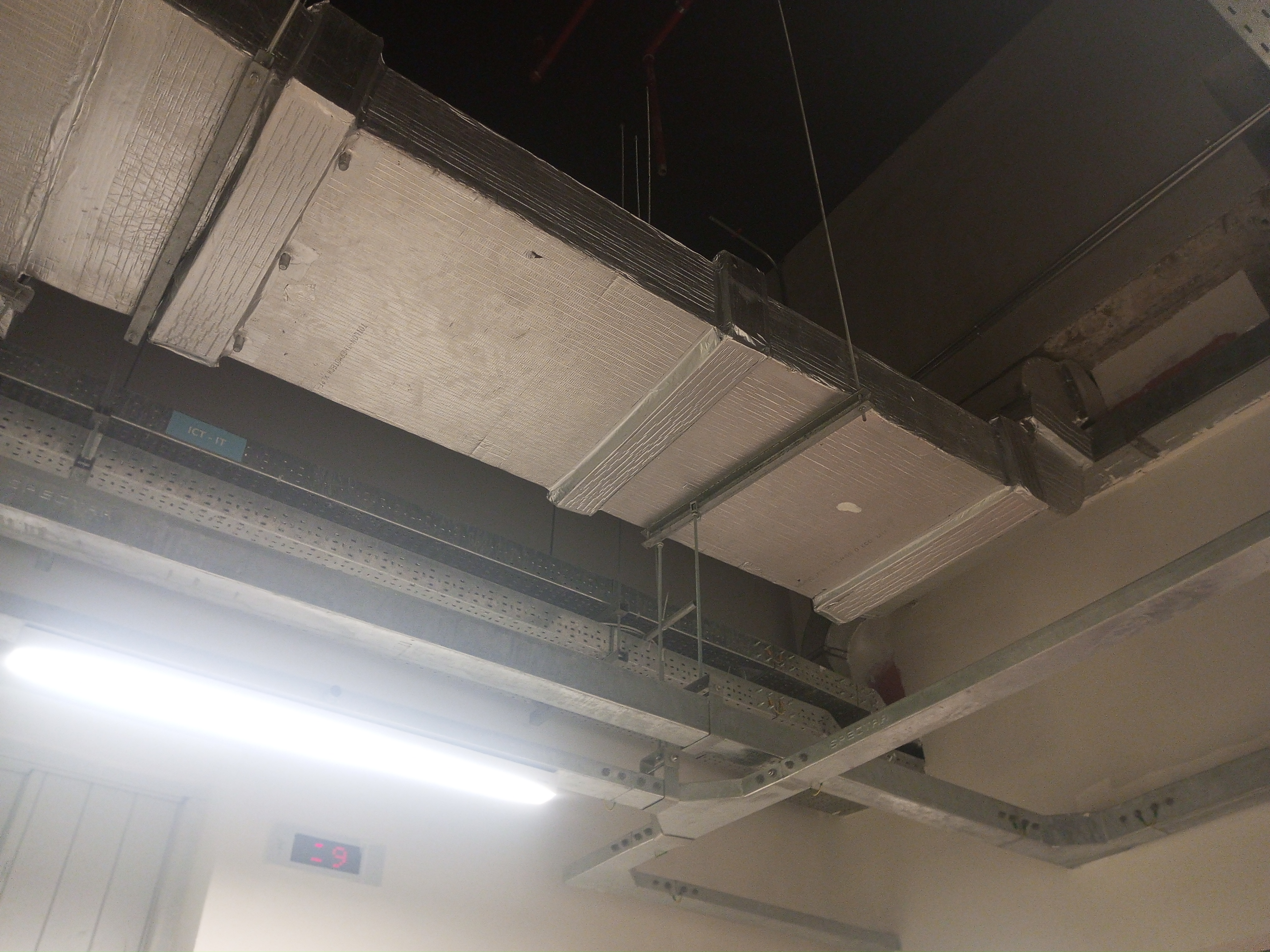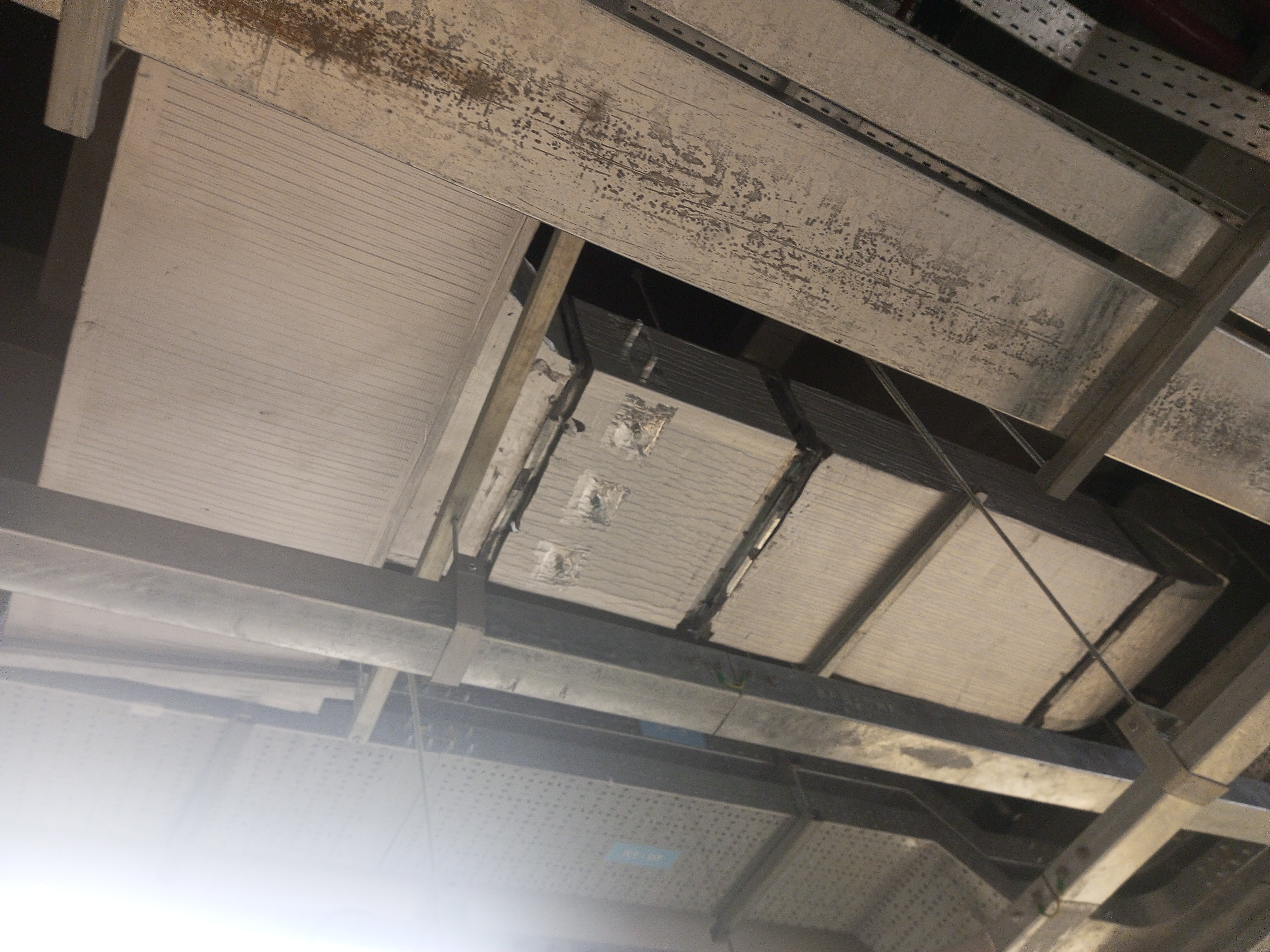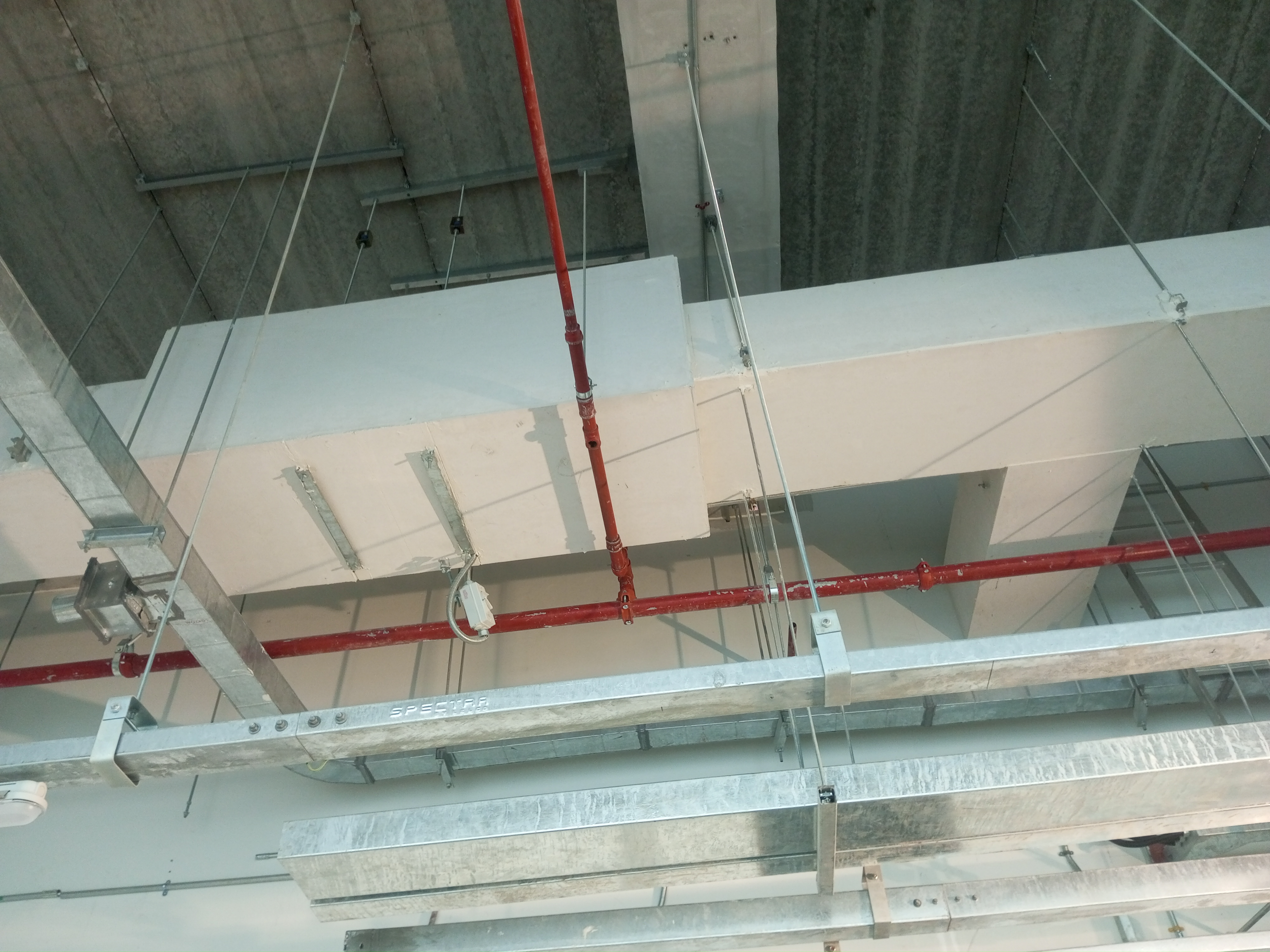Maintenance
Cleaning Ducting
Like any system, ductwork can degrade or become damaged over its operating life. Joints and seals can become loose, vibrations from the HVAC system can dislodge ductwork over time, dust and other debris can be blown into the ducts, and accidents can damage or deform them.
Regardless of the quality of your ductwork design, without routine duct maintenance, you may not get the most out of your duct system. Some ductwork maintenance tasks can be performed by a homeowner, while others need the attention of an HVAC professional. Here are some of the tasks you may consider
- Seal air leaks in the ducts. The average home loses about 10 to 30 percent of its conditioned air because of duct leaks. When that air is lost, the energy used to heat or cool it has been wasted. If the ducts are kept within the home’s thermal envelope, the energy might be contained within your home, but it still might be released into wall cavities and crawl spaces, not the living areas whose temperature you want to regulate. The air duct sealing company Chicago homeowners trust is Black Diamond Plumbing & Mechanical.
- Be sure that vents and return vents are unobstructed. Placing a piece of furniture or another fixture in front of your vents disrupts airflow and can prevent air from circulating through rooms. When the blockage is substantial, it can have repercussions throughout the ductwork design, changing the pressure in the system and contributing to HVAC fan motor burnout.
- Insulate ductwork. Whether or not your ducts are installed within the thermal envelope of your home, insulation will help the air passing through the ducts maintain its temperature until it reaches living areas.
- Hire a NADCA-certified air duct cleaning professional. If furniture in front of your vents is bad, an obstruction inside the ductwork can be just as damaging if not more so. And if obstructions—for example, a dislodged air filter that’s been sucked into the ductwork—blow through and reach the central HVAC system, they can build up and interfere with its operation or even present a fire risk.
- Install a UV light in the ductwork. UV lights use ultraviolet radiation to sterilize air, destroying bacteria, as well as mold and fungal spores. This can help prevent buildups of mold and fungal colonies inside the ducts, where humidity is often difficult to control. It can also offer a net benefit for your indoor air quality.
- Have ducts tested. An HVAC professional can take readings of air pressure within the ducts during system operation and analyze how much air you’re losing and how well the system is balanced. They can also offer recommendations on how to improve the ductwork design in your home.
- Do not close vents in rooms to cut down on HVAC costs.
Isolation Ducting
This ducting is insulated on the outside and inside with the aim of maintaining the air temperature so that during the distribution process the temperature does not change, besides that it also aims to reduce noise caused by the distribution unit.

